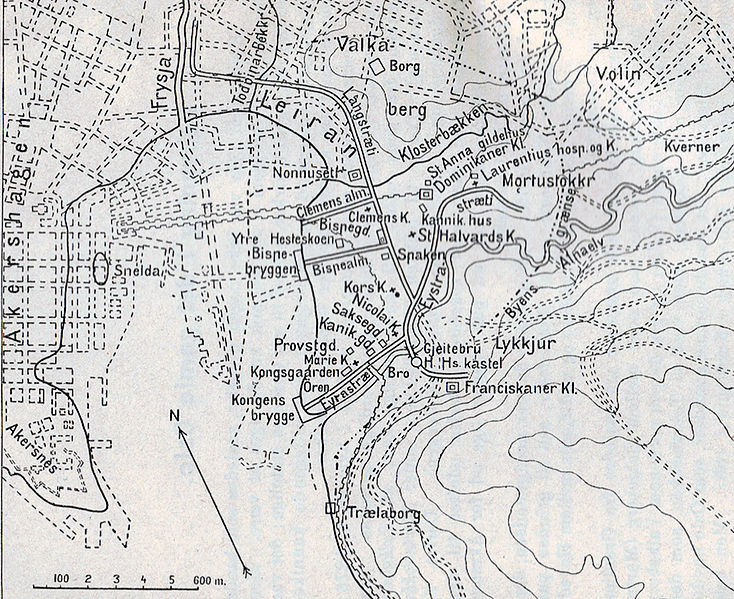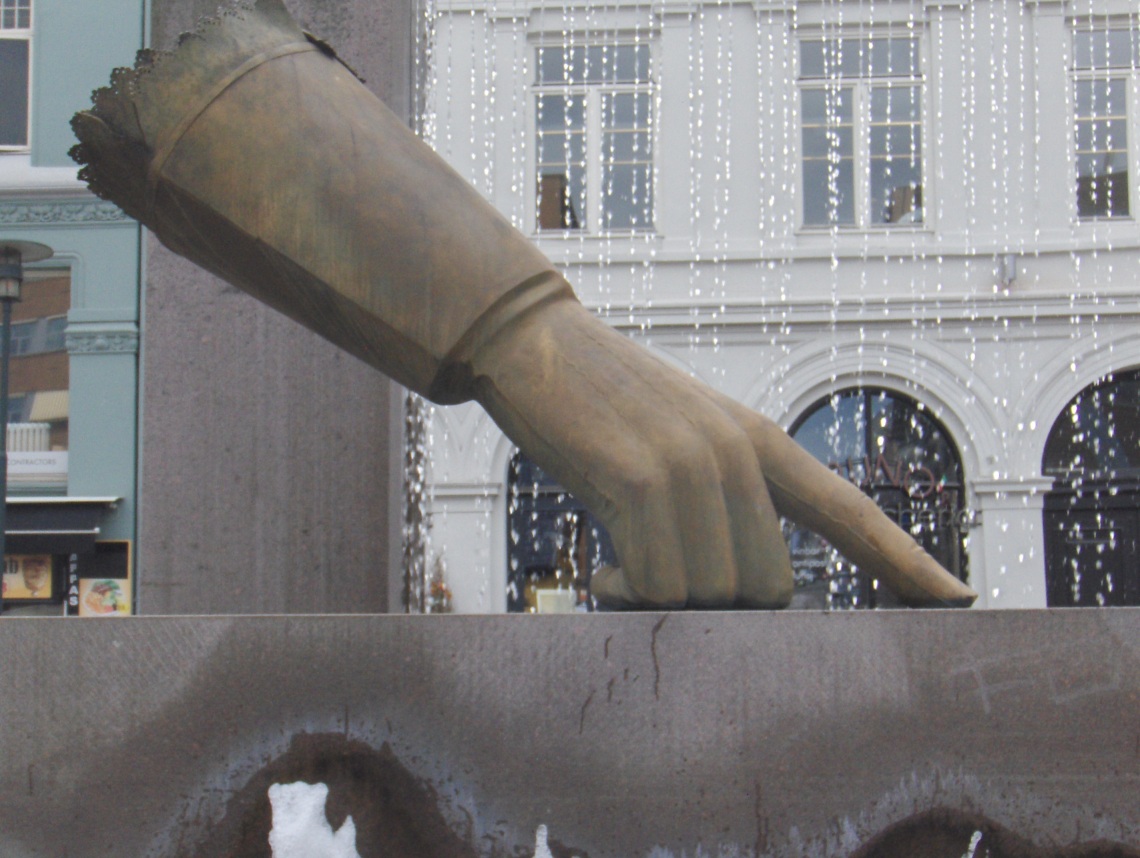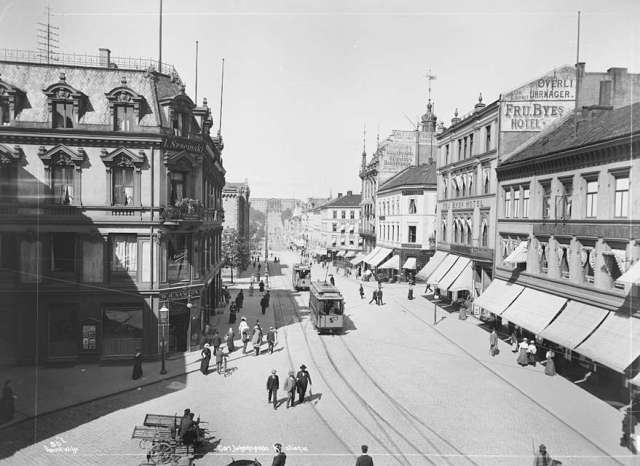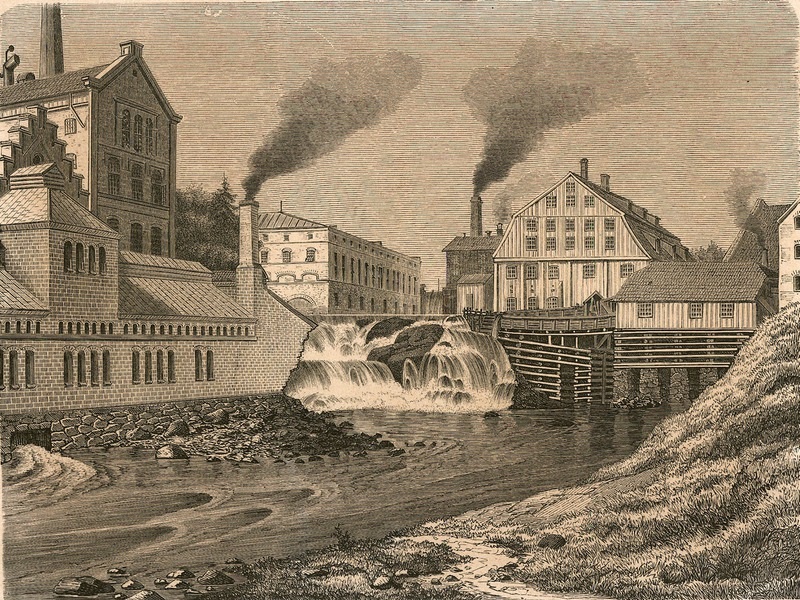Castle, Fortress, Palace, Prison: A Self-Guided Walk Around Akershus Fortress
- 0 comments
- by Emma
Castle, Fortress, Palace, Prison: A Self-Guided Walk Around Akershus Fortress
Dominating the Oslofjord skyline, Akershus Fortress is a mixture of medieval castle, military fortress, Renaissance palace, and prison. The fortress, as you can see, has had many different purposes over the years. Today it is still an active military base but is commonly used as a park and museum site.
The castle was completed some time around 1300 by King Haakon V of Norway, who moved the capital from Bergen to Oslo and built himself a castle. He used the castle as a residential palace and it was significant in establishing Oslo as the capital.
After Norway became part of Denmark, the castle became more of a military fortification.
Following the Great Fire of 1624, King Christian IV made the decision to move the entire city. He ordered the city be moved closer to Akershus Fortress, and the fortress was remodelled to look like a Renaissance Castle.
Akershus has successfully survived all sieges, mostly done by the Swedes.
For a few hundred years, Akershus was also the site of the prison that became known as The Slavery as you could rent out prisoners for the day.
This walk will take you through the history of Akershus Fortress and show you all the different purposes the fortress has had.
In this article...

Oslo Travel Guide
You can find a detailed overview of Oslo, including practical, historic and travel information on our dedicated travel guide page.


Downloadable Version of This Guide
We offer downloadable versions of our self-guided walks on our online store.
Online Guide
- Information about points of interest
- Images of each point of interest
- Historic overview of the neighbourhood
- Directions between points
- Historic photos
- Information about facilities along the way
Downloadable Guide
- Information about points of interest
- Images of each point of interest
- Historic overview of the region & towns
- Directions between points
- Historic photos
- Facilities including supermarkets, toilets, petrol, hotels, cafes, restaurants with addresses.
The online guide is a summarised version of the downloadable guide. Some points of interest are only included in the downloadable guide.
The walk: Akershus Fortress
Information Centre


This walk begins at the visitor centre, which is located just within the fortress walls. The building is from 1774 and was the old artillery building.
Inside you can buy books, get a map, and purchase tickets for the museums.
The Carp Pond


Located across from the Visitor Centre
This small pond that we have today is from a much larger pond that used to be here. The stream came from Christiania Square and ran through this pond and down to Munk’s pond. It was divided into two when the foundations of the northern curtain wall were laid out in 1592. The other part served as a moat outside the wall.
The fortress guide says that carp are kept there in the summer, but when I visited in November 2020 the pond looked completely filled in, and a stage was built in front.




Akershus National Penitentiary, or "The Slavery"
Multiple buildings in this courtyard are from the prison.
When Oslo (then called Christiania) got renewed status as the capital in 1814, the fortress function changed. The outer parts were released as building plots for the public. The ramparts became a place for recreation.
The prison has been here since the 17th century, when King Frederik III said that all convicted of “petty larceny” should work on a chain group in Akershus, and eventually the prison got the nickname ‘The Slavery’ as prisoners could be rented out for the day. They were set to all kinds of public works and some were even hired out to private parties.
In 1842 there were as many as 530 prisoners here, all male. Amongst the inmates were the famous individuals such as Gjest Baardsen and Ole Hoiland. The world ‘slavery’ was abolished in 1850.
The Institution was converted into a National Penitentiary in 1902 and from 1937 it was a detention facility. During World War II, it was a German military prison. Briefly after the war the building was a prison for traitors, and it finally closed in 1950.
Today the buildings are used as office buildings for the military and fortress staff.
In the second photo you can see the prison chapel (behind the yellow buildings). It was built in 1896 and had tuition rooms and a library inside for the prisoners.
Drawbridge & Moat, Cannons


This bridge and gate is from 1653, though there has been an opening here since 1620. The drawbridge was rebuilt in the mid-19th century and a winch system was added (one of the winches is preserved in the northern part), but in 1920 the moat was filled in when the road below was completed. You can walk out onto the bridge today and pretend the road is the old moat!
In this large courtyard you’ll see some cannons. These cannons were to keep the prisoners in line, and they were loaded with grapeshot.
The Guardhouse


The guardhouse is from 1724 and has the Norwegian coat-of-arms above the front door. The building was used as prison facilities. Today the building is used as a guardhouse and museum for His Majesty the King’s Guard.
The Guardhouse has been used by the state in a modern context since 1947, when King Haakon VII used Akershus as a banquet hall in celebration of his birthday.
The Barracks


This area was originally a herb garden – it is shown as such in the oldest image of Akershus Fortress from the 1580s. The area eventually got a bathhouse, rabbit cage, and enclosure for deer. The barracks were built in 1778 and weren’t barracks for the military long; in 1787 the first prisoners moved into the northern wing.
Prince Carl's Bastion


We are moving back in time – here is Prince Carl’s Bastion, which was completed in the 17th century. There was a drawbridge and moat here; today it can only be seen from the outside of the fortress walls.
The Virgin's Tower


The Virgin’s Tower is one of the few original elements left – it was constructed around 1300 and is one of the many strong towers that used to surround the fortress. The tower used to be deeper and higher, but has changed over the years.
Munk's Tower


Munk’s Tower is from 1559. It is believed that the water tower used to be here, and it provided drinking water to those at the castle.
The name comes from Christian Munk, who had the tower built into its present form. Christian Munk was a Danish sheriff and governor who settled in Norway and saw major renovations of Norway’s fortifications. Throughout the 1560s he ruled over the regions Hamar and Akerhus while residing at Akershus.
For a while, in the 19th century, the royal regalia was kept in the tower’s top floor.


Castle Contrasts & the Southern Wing
The Southern Wing (to the right of the image) is one of the oldest parts of the castle. It dates from 1300 and was the original main entrance of the castle, nicknamed ‘the dark passage’. In the passage are remains of four fortified gates.
The area was renovated in the 16th century when a chapel was built in the area, and an extra floor (see the large building to the left) was added to make room for the chancery of the Akershus governorship.
When Christian IV ruled over Denmark and Norway, the area was converted into opulent apartments for the royal couple. The top floor is now a large room called Christian IV’s hall, and it functions as the castle’s reception room.




The Chancery Wing


Looking at the walls, you can see all the different periods of construction of the fortress. The bottom, grey part is the original castle and has been broken out of the bedrock. The big medieval bricks come next; they are known as the monks tiles. At the top, you see the parts from the 17th century that were added during Christian IV’s building operations.
The bit that sticks out was the lavatory facilities.
The Romerike Wing


The Romerike Wing is the building sticking out to the left. The lower part of the building was the storeroom with two fortified gates for taking in supplies. It was rebuilt in 1633 as the royal kitchen, while the second floor was used as living quarters for the viceroy. Between 1841 and 1845 the poet Henrik Wergeland had an office on the ground floor. At the time he was working as the national archivist.




Knut's Tower


You’ll now go through two stone archways. It’s a bit of an up-hill climb.
The tower you’ll pass as you go along the path is Knut’s Tower, one of the original parts of the medieval fortress. The tower used to be called the Canons Tower as it was constructed as a crossfire tower. For a long time, however, it was used to keep prisoners.
In 1641 the tower underwent changes as it was built into a horse-powered mill.
The name is a reference to the knight Knut Alvssøn, who was said to have lain unburied in the tower for 12 years after being killed by Henrik Krummerdike in 1502.


Execution Ground


This ground is the site used for the execution of members of Norway’s resistance movement. On the 9th and 10th of February, and the 17th of March, 1945, Norwegians were executed here by the Nazis.
A memorial was unveiled by Haakon VII on 8 May 1949.
Norwegian Resistance Museum


The building was originally the Double Battery and is from the late 17th century. It has housed Norway’s Resistance Museum since 1967. The museum is a fantastic insight into what the war was like in Norway, and the collection was arranged by ex-military and members of the Norwegian resistance.
Skarpenord's Powder Magazine


This huge building was built to be bomb-proof in the late 17th century. it has three ornamental sandstones from the viceroy Hannibal Sehested’s never completed fortress gave. The sandstone comes from a nearby quarry.
Visitor Centre
You have arrived back at the visitor centre! I hope you enjoyed this walk around Akershus Fortress.



Oslo Travel Guide
You can find a detailed overview of Oslo, including practical, historic and travel information on our dedicated travel guide page.
My Akershus walk begins close to the end point for the Oslo City Centre self-guided walking tour, so you can consider doing that walk first.


Oslo City Centre: Self-Guided Walking Tour
Explore Oslo’s highlights on an easy self-guided walking tour.












